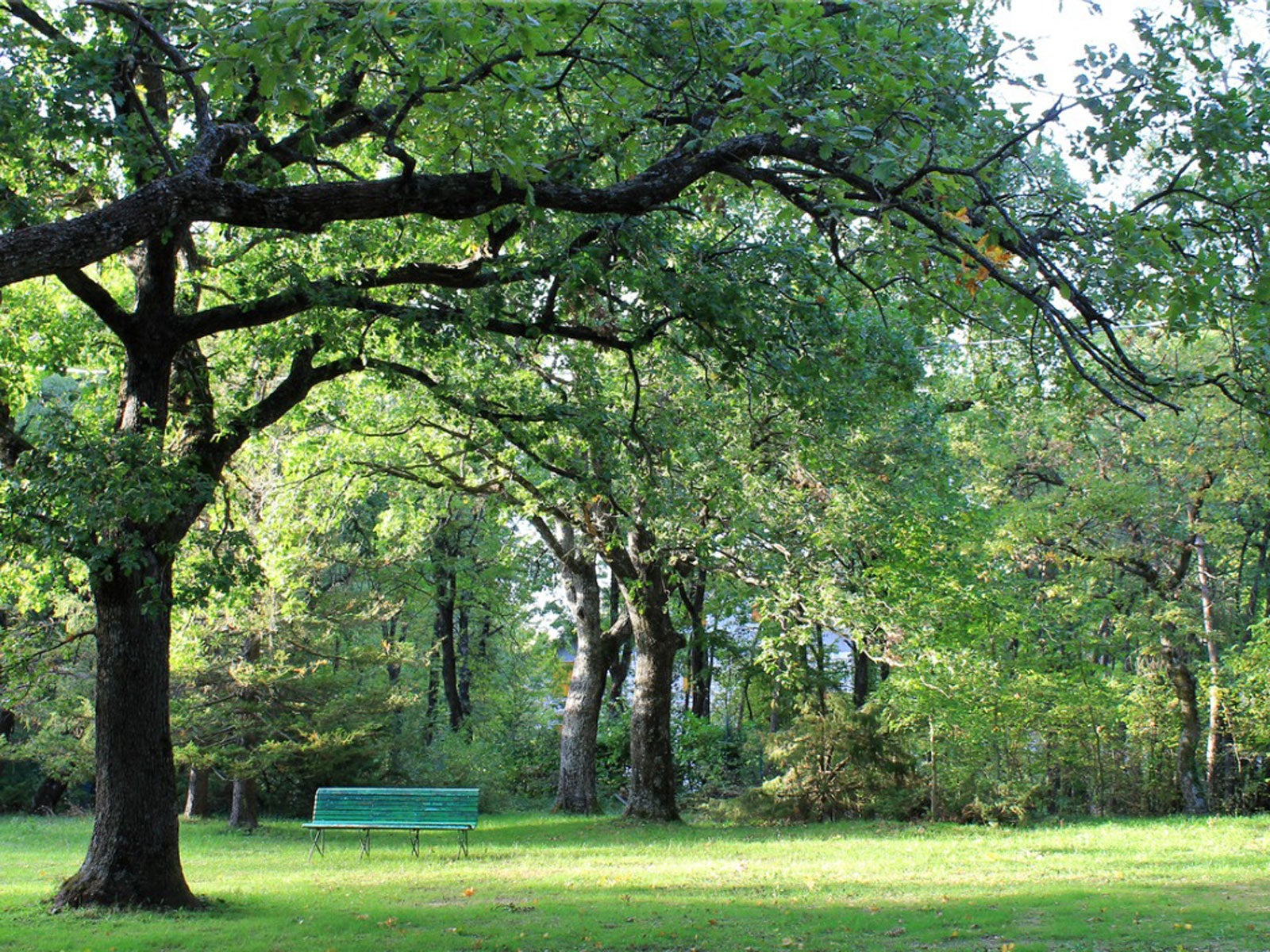Central U.S. Gardening – Growing Shade Trees In The Ohio Valley


The broad canopy of a beautiful shade tree lends a certain romance to the landscape. Shade trees provide homeowners with comfortable areas of the yard for outdoor entertaining, snoozing in a hammock, or relaxing with a good book and refreshing glass of lemonade. Additionally, deciduous shade trees can lower home cooling costs in the summer and heating bills in the winter.
Tips for Choosing a Shade Tree
Whether you're planting shade trees for Central U.S. or Ohio Valley gardening, local plant shops and nurseries are a handy source for trees suitable for your climate. While the criteria gardeners use when choosing a shade tree is similar to other types of gardening plants, it's important to remember that a tree is a long-term landscaping investment.
When selecting a shade tree for Ohio Valley areas or Central U.S. gardening, consider how fast it will grow and how long it will live as well as its hardiness, sunlight, and soil requirements. Here are some other qualities to keep in mind:
- Subterranean growth space – Tree roots can crack building foundations, buckle pavement, and clog septic or sewer lines. Choose trees with less invasive roots when planting close to these structures.
- Disease resistance – Caring for pest ridden or diseased trees is time consuming and expensive. Choose healthy trees which will remain healthy in your locale.
- Fruits and seeds – While trees provide a wonderful source of nutrients and shelter for many small birds and animals, homeowners may not enjoy cleaning up acorns and weeding maple seedlings from flowerbeds.
- Maintenance – Fast growing trees will provide satisfactory shade sooner than slower growing species, but the former requires more maintenance. Additionally, trees with softer wood are more prone to storm damage which can destroy property and sever overhead utility lines.
Central U.S. and Ohio Valley Shade Trees
Choosing a shade tree that is not only right for you but also for that special area in the yard often requires a bit of research. There are many species suitable for the Central U.S. and Ohio Valley. Shade trees which thrive in USDA hardiness zones 4 to 8 include:
Maple
- Norway Maple (Acer platanoides)
- Paperbark Maple (Acer griseum)
- Red Maple (Acer rubrum)
- Sugar Maple (Acer saccharum)
Oak
- Nutall (Quercus nuallii)
- Pin oak (Quercus palustris)
- Red oak (Quercus rubra)
- Scarlet oak (Quercus coccinea)
- White oak (Quercus alba)
Birch
Gardening tips, videos, info and more delivered right to your inbox!
Sign up for the Gardening Know How newsletter today and receive a free copy of our e-book "How to Grow Delicious Tomatoes".
- Gray Birch (Betula populifolia)
- Japanese White (Betula platyphylla)
- Paper (Betula papyrifera)
- River (Betula nigra)
- Silver (Betula pendula)
Hickory
- Bitternut (Carya cordiformis)
- Mockernut (Carya tomentosa)
- Pignut (Carya glabra)
- Shagbark (Carya ovata)
- Shellbark (Carya laciniosa)
A few others include American sweetgum (Liquidambar styraciflua), honey locust (Gleditsia triacanthos), and weeping willow (Salix alba).

Laura Miller has been gardening all her life. Holding a degree in Biology, Nutrition, and Agriculture, Laura's area of expertise is vegetables, herbs, and all things edible. She lives in Ohio.